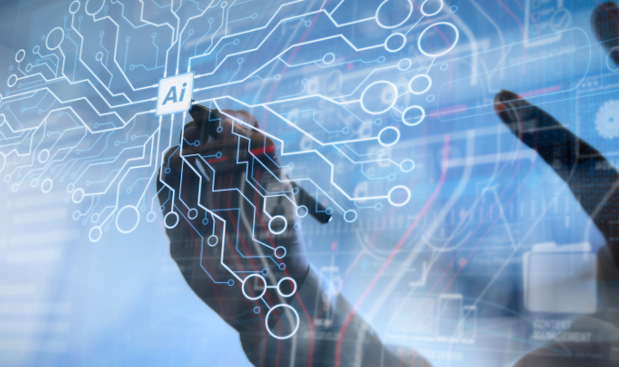
This week in artificial intelligence (AI) news, as large language models (LLMs) near technical limits, the focus shifts to retrieval-augmented generation (RAG), which combines information retrieval with natural language generation, and Walmart is updating its distribution centers by introducing autonomous electric forklifts, marking a significant step in AI-driven robotics in the industry.
As large language models (LLMs) approach technical limitations, attention shifts to retrieval-augmented generation (RAG), which merges information retrieval with natural language generation, potentially reshaping AI.
While LLMs have propelled AI technology, their susceptibility to generating misinformation constrains their efficacy. RAG empowers AI to integrate specific external data, enhancing response accuracy and effectiveness.
Renat Abyasov, CEO of Wonderslide, emphasizes RAG’s advantage of being based on proprietary data and offering controlled and targeted applications. This contrasts with LLMs trained on vast, sometimes unreliable, public data, making RAG more reliable, particularly for applications like medical chatbots.
RAG models leverage real-time information retrieval, enabling them to deliver accurate, current responses. This is particularly valuable in dynamic fields like news and customer support, where staying current is critical.
In evaluations by Tonic.ai, RAG systems, such as CustomGPT.ai, showcase their potential, offering businesses adaptable solutions alongside fresh, reliable data.
Walmart is subtly transforming its distribution centers by rolling out 19 autonomous electric forklifts across four of its facilities, showcasing a significant advancement in the use of AI-powered robotics in industrial environments.
These automated forklifts, designed to handle the repetitive and physically demanding tasks of moving goods, highlight a future where technology complements human labor, enhancing efficiency and improving the supply chain. Integrating AI into these systems has boosted operational efficiency and enhanced risk management.
A Walmart spokesperson told PYMNTS that AI enhances warehousing by managing automated technology, ensuring customers receive their items quickly, easily, and efficiently. It also transitions physically demanding jobs to roles that involve operating and maintaining advanced systems.
The head of the U.K.’s Financial Conduct Authority (FCA), Nikhil Rathi, recently outlined plans to examine the potential benefits of Big Tech companies’ vast data resources on financial products, aiming to enhance consumer choices and product variety.
This strategic pivot is intended to harness AI’s capabilities to foster innovation, competitive pricing and broader options for both consumers and businesses. This initiative is part of a broader global movement to explore and possibly leverage tech companies’ influence through innovative regulatory measures.
“This announcement is noteworthy because it illustrates the U.K.’s unique stance on fostering innovation compared to the EU,” said Gal Ringel, co-founder and CEO of Mine, a global data privacy management company. While the EU recently passed the AI Act focusing on preemptive technology regulation, the U.K. is adopting a collaborative approach with Big Tech to enhance data-driven insights and develop products.
During a session at the Digital Regulation Cooperation Forum, Rathi expressed concerns about the data capabilities of major tech firms. He suggested that should the FCA’s analysis confirm the positive impact of tech firms’ data on financial services, the agency would advocate for increased data sharing between technology and financial institutions.
Advances in artificial intelligence (AI) are poised to significantly enhance the accuracy of weather forecasts, which could boost the profits of industries dependent on accurate weather predictions.
Google has unveiled a new AI model that delivers accurate, large-scale weather forecasts more cost-effectively than traditional methods. By providing more accurate and timely weather data, these AI-driven models could optimize operations, reduce expenses and improve decision-making across various sectors.
“AI-based weather predictions offer a cost advantage, as evidenced by Google’s recent initiatives. They are generally more affordable than traditional physics-based forecasts because they can generate predictions much more quickly,” said Marty Sullivan, a postdoctoral researcher in Earth and Atmospheric Sciences at Cornell University.
Google’s “Scalable Ensemble Envelope Diffusion Sampler” (SEEDS) model, similar in function to AI tools like OpenAI’s ChatGPT, enhances weather forecasting by quickly generating multiple potential weather scenarios. This method, outlined in a study published in the Science Advances journal, is noted for its efficiency over conventional models.
Traditional weather forecasting typically relies on physics-based methods that amalgamate various measurements to project multiple potential outcomes, not just a single forecast.
AI proves beneficial, mainly when predictions cannot be solely explained by known or limited variables — in this instance, the physics of weather, Phil Siegel, founder of the AI-focused nonprofit Center for Advanced Preparedness and Threat Response Simulation (CAPTRS), told PYMNTS.